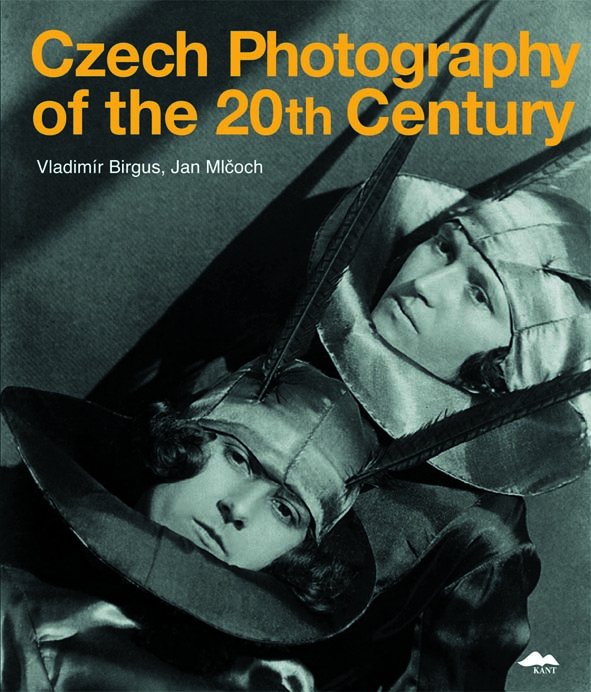| Author: | texts by Martin Dostál, Marek Pokorný, Jiří Přibáň, Jana a Jiří Ševčíkovi, Antonín Střížek |
| Category: | Books, Art |
| Language: | English and Czech |
| Translation: | Stuart Hoskins and Stephan von Pohl |
| Page count: | 296 |
| Binding: | Hbk |
| ISBN: | 978-80-7437-064-9 |
| EAN: | 9788074370649 |
| Date: | 2012 |
| Issue number: | 1 |
| Price: | 48 EUR |
| Size: | 29 x 25 cm |
| buy in e-shop | |
For Antonín Střížek the impulse for his pictures and his leading interest in painting is a desire to harmonise all elements in the image. This forces him to paint, an act which then becomes for him – precisely this activity that is – a constant source of joy. It is not easy to express which elements are harmonised, because an image – as we know – is a matter of aesthetic thought and does not allow for an adequate verbal description.
For Střížek the first motivation to paint is a story. This can come from his personal experiences or from some image sample found perhaps in an old photograph. The painter then develops his own personal relationship to the story, which in turn becomes the main motor for creation of a new image. At the same time the second member of the creative process appears: the artistic need to correct the one-sidedness of his personal involvement and the entire personal tale that colours the story with its own hues. From this moment on the image develops as the result of a struggle between the desire to express the story’s personal experience against the need to give one’s personal ideas a supra-personal, generally-valid form. This is expressed through the rules that the painter has found for his work: rules for image construction. These rules, whether they concern colour relationships, lines, the canvas/surface, light, individual iconic symbols, are instances of a relationship between individual elements and the whole. The whole of the image is created from a collection of details. In retrospect he forms each of these members such that no single element will stand out in the harmony of the whole. But this is not just harmonisation of forms that would serve to monitor content. Even the content itself is just one of the elements of the whole and is thus subject to the same game as are so-called formal elements. The story is told only to the degree of realism dictated by the harmony of the image’s entirety. This entirety is the result of a game, which on one hand has its given playground and its exact rules, and on the other hand – like any other human game – is a look into the secrets of human living (experience).
Střížek consistently tries to achieve ”objectiveness“ with clear knowledge that his efforts are in vain. It is in this tension that I see the magic of Střížek’s paintings: in the image before me a space opens where I can spot a reminder of my own freedom, i.e. an obligation to repeatedly guarantee that which we call reality.

Czech Photography of the 20th Century, published simultaneously in Czech and English versions, is the first book to present the main trends, figures, and works of Czech photography from the beginning to the end of the last century to such a large extent. Its 517 plates include not only the most important, well-known photographs and photomontages, but also works that have long been forgotten or are published for the first time. The book is arranged in seventeen chapters, supplemented with chronologies of the most important events in twentieth-century Czech photography and history.